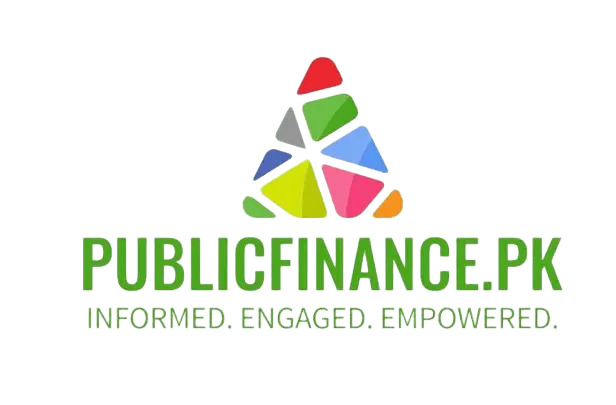
Developing nations across the globe are facing an escalating debt crisis, which threatens economic stability, social progress, and long-term financial sustainability. Countries like Pakistan, Sri Lanka, and Argentina are at the forefront of this challenge, struggling to manage mounting public debt while attempting to sustain economic growth. The consequences of excessive borrowing have led to severe economic constraints, necessitating urgent policy reforms and strategic financial planning.
The Debt Crisis in Developing Nations
Public debt in developing nations has surged in recent years due to a combination of structural weaknesses, poor fiscal management, external economic shocks, and over-reliance on borrowing. According to the World Bank, debt levels in low- and middle-income countries have risen to over $9 trillion, marking an increase of more than 60% over the last decade. The International Monetary Fund (IMF) warns that nearly 60% of these economies are either at risk of or already in debt distress.
Pakistan
Pakistan’s total external debt has surpassed $130 billion, accounting for nearly 80% of its GDP. The country is heavily reliant on IMF bailout programs, with high debt servicing costs consuming a significant portion of its annual budget. Currency depreciation and a persistent current account deficit have exacerbated the debt burden, leaving the government with limited fiscal space for development and social welfare programs.
Sri Lanka
Sri Lanka declared bankruptcy in 2022 after defaulting on its foreign debt obligations exceeding $50 billion. The crisis stemmed from unsustainable borrowing, declining foreign exchange reserves, and economic mismanagement. The government’s inability to repay loans resulted in severe import restrictions, inflation exceeding 50%, and widespread economic instability. The country is now implementing an IMF-backed economic recovery plan to restructure its debt and revive economic growth.
Argentina
Argentina has one of the highest debt-to-GDP ratios among emerging economies, surpassing 90%. The country has a long history of defaulting on debt obligations, with the latest crisis fueled by inflation exceeding 100%, currency devaluation, and political instability. The government continues to negotiate with the IMF for debt restructuring while battling economic recession and capital flight.
Paths to Recovery
- Debt Restructuring and Relief Programs
Countries in severe debt distress must negotiate restructuring agreements with international lenders, including extended repayment periods, interest rate reductions, or partial debt cancellations. The IMF and World Bank can play a crucial role in facilitating sustainable debt frameworks. - Diversifying Revenue Sources
Governments must prioritize revenue generation by enhancing tax collection efficiency, broadening the tax base, and reducing tax evasion. Introducing progressive taxation and leveraging untapped revenue sources such as digital taxation and carbon taxes can improve fiscal health. - Promoting Export-Led Growth
Strengthening the export sector is essential for increasing foreign exchange reserves and reducing reliance on external borrowing. Policymakers must focus on boosting manufacturing, agriculture, and technology-based industries to improve trade balances. - Enhancing Fiscal Discipline
Sound fiscal policies, including reduced budget deficits, controlled government spending, and transparency in public finance management, are critical for long-term debt sustainability. Governments must implement strict oversight mechanisms to curb wasteful expenditures. - Attracting Foreign Direct Investment (FDI)
Encouraging foreign investment through investor-friendly policies, regulatory reforms, and infrastructure development can help stabilize economies and generate sustainable revenue streams. - Strengthening Governance and Institutions
Political stability and strong institutional frameworks are essential for economic recovery. Transparent governance, anti-corruption measures, and adherence to rule-based fiscal policies can restore investor confidence and economic stability.
The rising debt burden in developing nations poses a serious threat to economic growth and financial stability. Countries like Pakistan, Sri Lanka, and Argentina must take proactive measures to reform their fiscal policies, manage debt effectively, and ensure sustainable economic growth. While external financial assistance is critical, long-term recovery depends on prudent economic management, institutional reforms, and strategic investments in key sectors. By addressing the root causes of debt accumulation and implementing sustainable recovery strategies, developing nations can navigate the crisis and build resilient economies for the future.
This Article was published on Publicfinance.pk.
